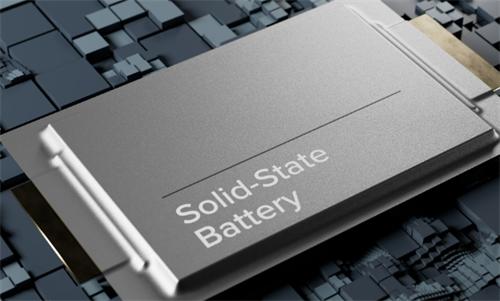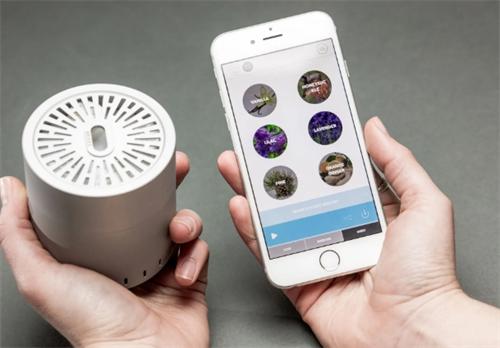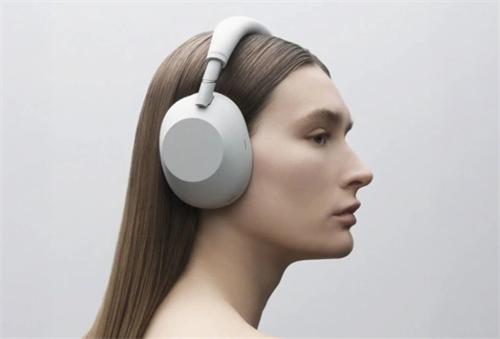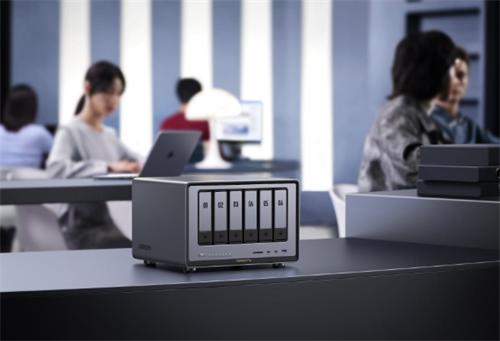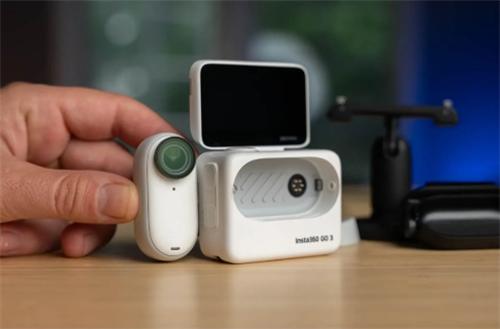Google Pixel 8 Review: A $700 Dark Horse in AI-Powered Mobile Photography

In today’s smartphone market, where homogeneity is rampant, Google’s Pixel series continues to stand out with a distinct identity. Although the newly released Pixel 8 doesn’t drastically change its appearance, it holds many surprises in the details. Positioned as a flagship in the $700 price range, can it carry on the Pixel series’ legacy of excellence?
Sleek and Compact Design:
The Pixel 8 maintains Google’s iconic design language. Its 6.2-inch screen is slightly smaller than its predecessor, making the device feel more compact overall. The matte aluminum frame and frosted glass back not only enhance the premium feel but also resist fingerprints. The signature horizontal camera bar remains a standout feature, now with a more understated matte finish.
With dimensions of 148 × 70.8 × 8.9 mm and a weight of just 187 grams, it stands out in a market dominated by large-screen phones. The inclusion of IP68 water and dust resistance gives this compact phone impressive durability. It comes in three colors—Obsidian, Rose, and Hazel.
Significantly Improved Display:
The Pixel 8 features a 6.2-inch FHD+ OLED display, which Google brands as the "Actua Display." Though the name may sound fancy, the improvements are very real:
The refresh rate has been upgraded from 90Hz to 120Hz, offering smoother scrolling.
Peak brightness reaches 2000 nits, greatly enhancing outdoor visibility.
It supports a 1–120Hz adaptive refresh rate for a balance of fluidity and battery life.
In actual use, this screen delivers flagship-level color accuracy and viewing angles. Under bright light, the 2000-nit peak brightness ensures content remains easily readable. Considering the iPhone 15 in the same price range is still limited to 60Hz, the Pixel 8 holds a clear advantage in display performance.
Camera System: AI-Powered Computational Photography
The Pixel 8’s camera setup includes:
A 50MP main sensor (1/1.31-inch, f/1.68);
A 12MP ultra-wide sensor (125.8° field of view);
A 10.5MP front-facing camera;
While the hardware upgrades may seem modest, Google leverages powerful algorithms and AI to deliver an exceptional shooting experience. The new generation Night Sight captures more detail, and HDR rendering looks more natural. The standout "Best Take" feature smartly replaces each person’s expression in group photos with their best one—finally solving the age-old problem of someone blinking in every shot.
On the video side, it supports 4K at 60fps. A new "Audio Magic Eraser" tool can intelligently remove background noise, which is particularly useful for vloggers. That said, compared to the iPhone, there’s still room for improvement in dynamic range and stabilization.
Performance and Battery Life:
Powered by Google’s custom Tensor G3 chip, the Pixel 8 offers a smooth everyday experience. While its 8GB of RAM isn’t class-leading, combined with Google's system optimization, multitasking remains seamless. In Geekbench 6, it scores 1380 (single-core) and 3480 (multi-core)—slightly below Snapdragon 8 Gen 2 devices, though real-world performance is close.
Thanks to better power efficiency, the 4575mAh battery can comfortably get through a full day on moderate usage.Charging speeds—27W wired and 18W wireless—aren’t the fastest but still outpace Apple’s 20W. One caveat: the Tensor chip can get noticeably warm under heavy load, something future updates may address.
Smart, Long-Lasting Software Experience:
Android 14 shines on the Pixel 8, with the Material You design offering deep personalization. Google Assistant keeps getting smarter—it can now summarize web pages and translate conversations in real time, taking mobile intelligence to the next level.
The headline promise is seven years of software updates, far exceeding the industry average. This means Pixel 8 will receive security patches and feature updates through 2030, greatly extending its usable lifespan.
Buying Recommendation:
Pros:
Excellent display quality
Best-in-class computational photography
Compact and comfortable design
Long-term software support
Rich AI-powered features
Cons:
Video quality still lags behind top-tier competitors
Noticeable heat under heavy load
Charging speeds could be better
If you're looking for an outstanding photography experience, a comfortable one-handed grip, a clean Android system, and long-term software support, the Pixel 8 is easily one of the best choices in the $700 segment. It’s especially compelling for photography enthusiasts and fans of smaller phones.
Recommended for you:
